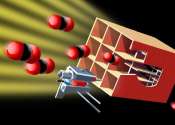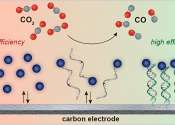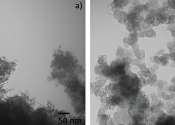Conversion process turns carbon dioxide into cash
Engineers at the University of Cincinnati have developed a promising electrochemical system to convert emissions from chemical and power plants into useful products while addressing climate change.
Mar 18, 2022
0
110









